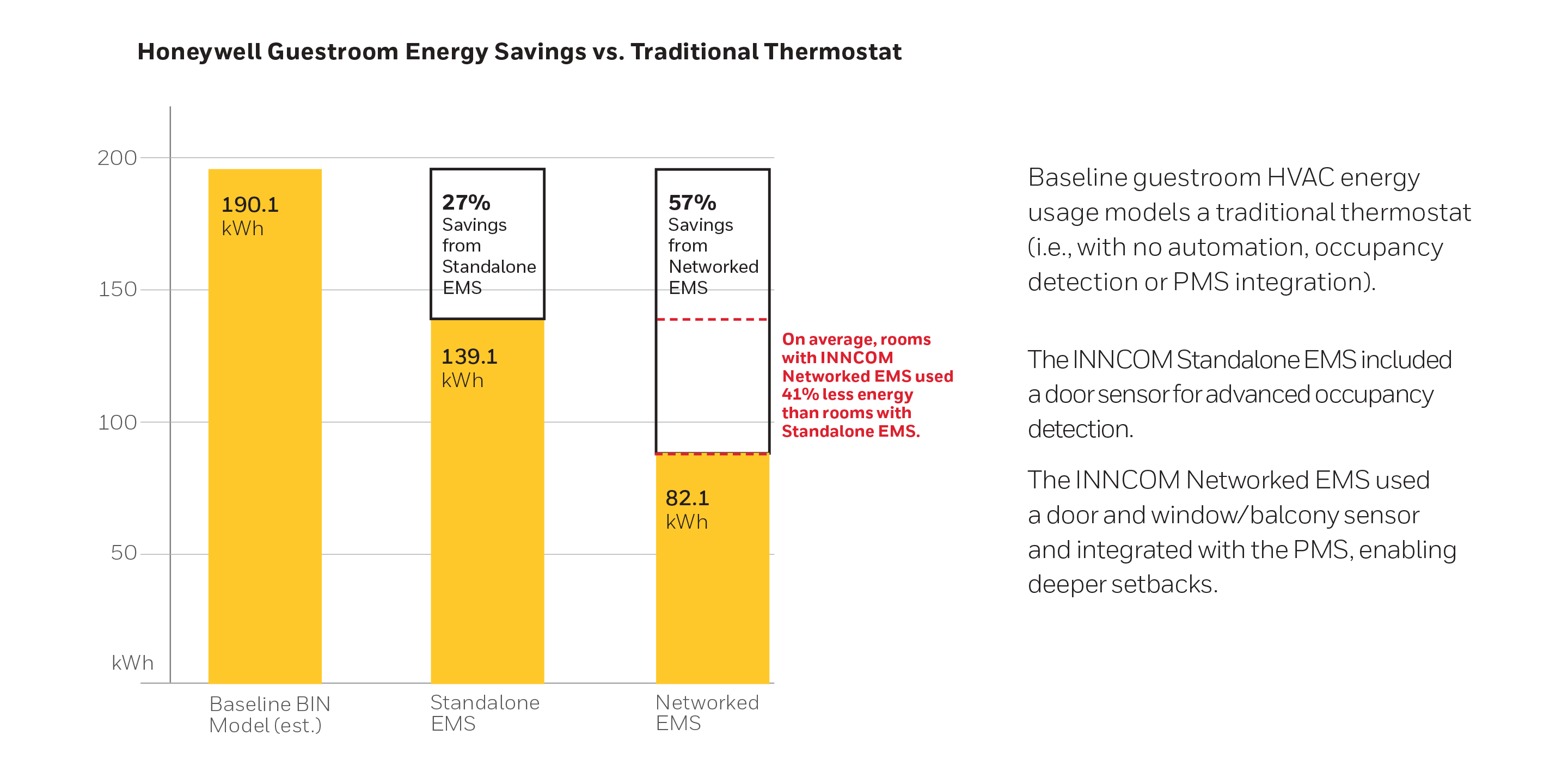-
Location
-
Asia Pacific
-
Europe
-
Middle East
-
North America
- |
- Contact
- |
-
Currency:Localize your Content
You can set your preferred currency for this account.
Choose a Currency
Currency- CHOOSE YOUR CURRENCY
Update Currency
Changing Currency will cause your current cart to be deleted. Click OK to proceed.
To Keep your current cart, click CLOSE and then save your cart before changing currency.
-
Select Account
Switching accounts will update the product catalog available to you. When switching accounts, your current cart will not move to the new account you select. Your current cart will be available if you log back into this account again.
Account# Account Name City Zip/Post Code CANCELPROCEEDMy Account
-
Industries
Industries
-
Automation Solutions
Automation Solutions
-
Brands
Brands
-
Support
Support
-
Location
-
Asia Pacific
-
Europe
-
Middle East
-
North America
- |
- Contact
- |
You are browsing the product catalog for
You are viewing the overview and resources for
THIRD-PARTY UTILITY VALIDATES INNCOM ENERGY SAVINGS AT WASHINGTON HILTON
INNCOM Networked Energy Management System (EMS) uses 41% less energy than a standalone EMS in 6-month study metered by the D.C. Sustainable Energy Utility
18 April 2020
Hilton Worldwide, Clearview Hotel Capital, Honeywell, and the D.C. Sustainable Energy Utility (DCSEU) partnered to measure and compare the energy savings between standalone and networked EMS and validate Honeywell's claim that an INNCOM Networked EMS delivers 25-40% guestroom HVAC energy savings.*
HOTELS NEED OCCUPANCY-BASED ENERGY MANAGEMENT
On average, more than 30% of hotel rooms in the U.S. are unrented at any given time. And even when rented, guestrooms are often left unoccupied throughout much of the day, leaving hotel rooms unoccupied almost as often as they are occupied.**
On average, an occupancy-based, Standalone EMS (Energy Management System) can reduce guestroom energy use by up to 25%. According to the U.S. Department of Energy, "when properly configured, PMS (Property Management System) integration can allow for deeper temperature setbacks of unrented rooms, affording additional savings.”*** The Washington Hilton wanted to know how much more savings. (And they wanted to know how the energy savings could be proven.)
METHODOLOGY
This study was designed to measure and quantify the additional savings enabled by a Networked EMS (with PMS integration) compared to a nonnetworked, standalone EMS.
In order to ensure as representative a sample as possible, this case study ran for 6 months and included key/peak HVAC demand months (August and January). Within the property, the test rooms included a range of guestroom variants: different floors, sides of the building, room type configurations, etc.
Standalone EMS rooms included an e7 EMS thermostat and door sensor, while Networked EMS rooms also included a window/balcony sensor and were integrated with the hotel's PMS to receive rented and unrented status via the INNcontrol 3 supervisor software.
SCALABLE INNCOM EMS
The scalable energy management and hospitality IoT platform from Honeywell provides the option to install a basic, standalone in-room energy management system that at any time can be networked and integrated with the hotel's PMS for greater savings.
THE CLEARVIEW CHALLENGE
In 2018, Clearview Hotel Capital – owner of the historic Washington Hilton, an iconic, 4-star hotel with 1,107 rooms near Dupont Circle in Washington, D.C. – partnered with Hilton and the local utility (DCSEU) to assist with metering, validating the HVAC energy used in test guestrooms with INNCOM Standalone and Networked EMS.
THE PROCESS
The DCSEU team worked independently from the Honeywell team, metering these same test rooms. Their results were reported to Hilton and Clearview independently from and in addition to the EMS data from Honeywell.
FINDINGS
The results were clear: Guestrooms with INNCOM Networked EMS consumed, on average, 41% less HVAC energy than rooms with a Standalone EMS (i.e., without PMS integration).
Compared to the baseline model of a traditional thermostat (i.e., no EMS), the Networked EMS was shown to double the energy savings vs. a Standalone EMS.
- Rooms with a Standalone EMS showed an estimated 27% energy savings.
- Rooms with a Networked EMS showed an estimated 57% energy savings.
Overall, the performance and energy savings from the INNCOM energy management systems, both Standalone and Networked, exceeded expectations.

CONCLUSION
The INNCOM Networked EMS exceeded performance and ROI/payback expectations. While the Standalone EMS provides good energy savings with lower upfront investment, a Networked EMS, integrated with a hotel PMS in order to receive room rental status, delivers significantly more (2x) energy savings and therefore a stronger return-on-investment.
In order to maximize energy savings and lower operating costs, hotels with existing standalone EMS (e.g., thermostat with built-in motion sensor) are recommended to upgrade to a Networked EMS. New hotels (as well as properties with traditional thermostats) are recommended to install a Networked EMS with PMS integration.
* based on HVAC runtime reduction from a PMSintegrated EMS vs. ETM (traditional thermostat mode) in hotels with average occupancy and <500 rooms
**STR, “STR: U.S. hotel performance for Q2 2019”, July 22, 2019
***Blanchard, J. U.S. Dept. of Energy. "Guest Room HVAC Occupancy-Based Control Technology Demonstration". September 2012
Step up your savings and guest satisfaction with INNCOM. hwll.co/honeywellhospitality
Copyright © 2025 Honeywell International Inc.
Maximum File Size
Maximum Files Exceeded
You cannot access this page as this product is not available in your country.
Compare X Products
Clear All
X of 5 products to compare
Maximum File Size
Maximum Files Exceeded
Due to inactivity you will be logged out in 000 seconds.
Maximum File Size
Maximum Files Exceeded
This product is not available in your country.
You cannot access this page as this product is not available in your current country. To view this product, please change your product catalog view.
View product catalog for:

